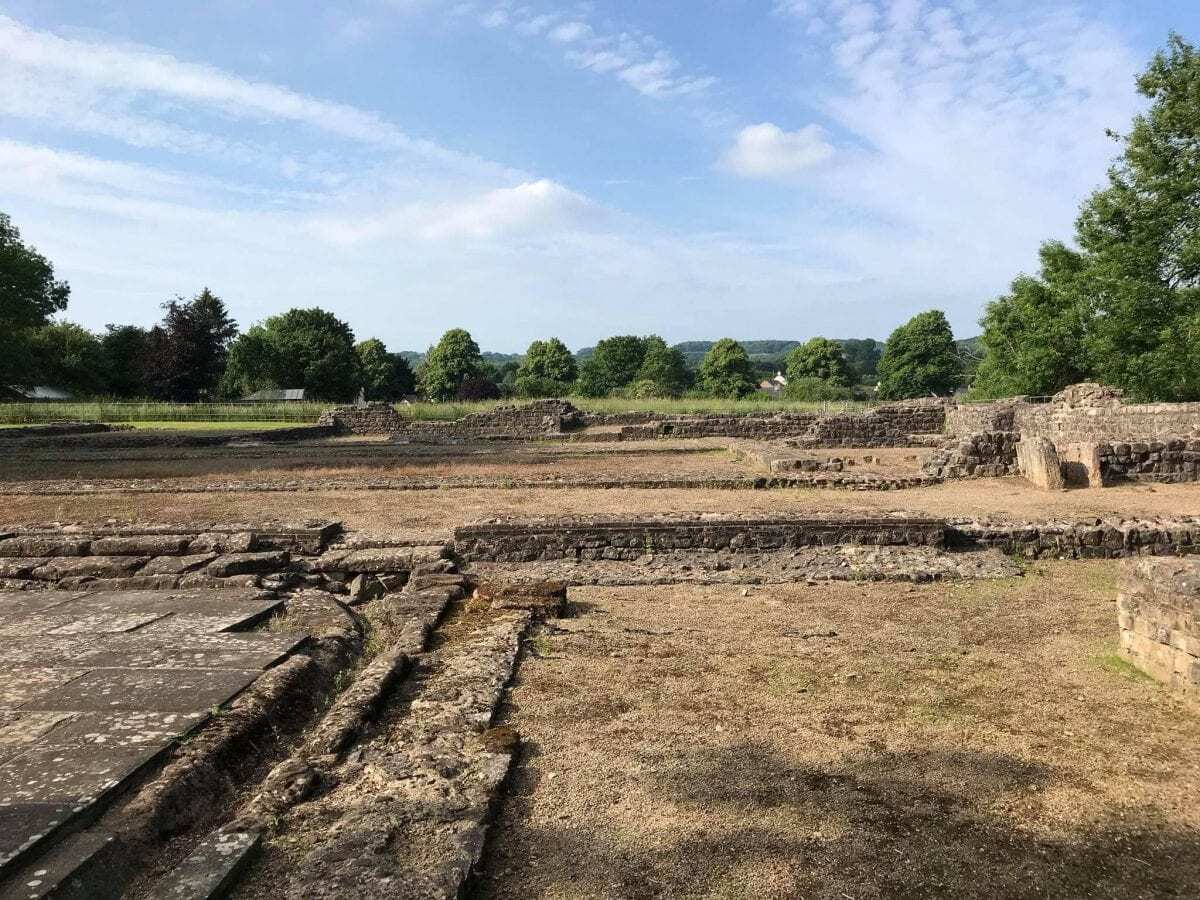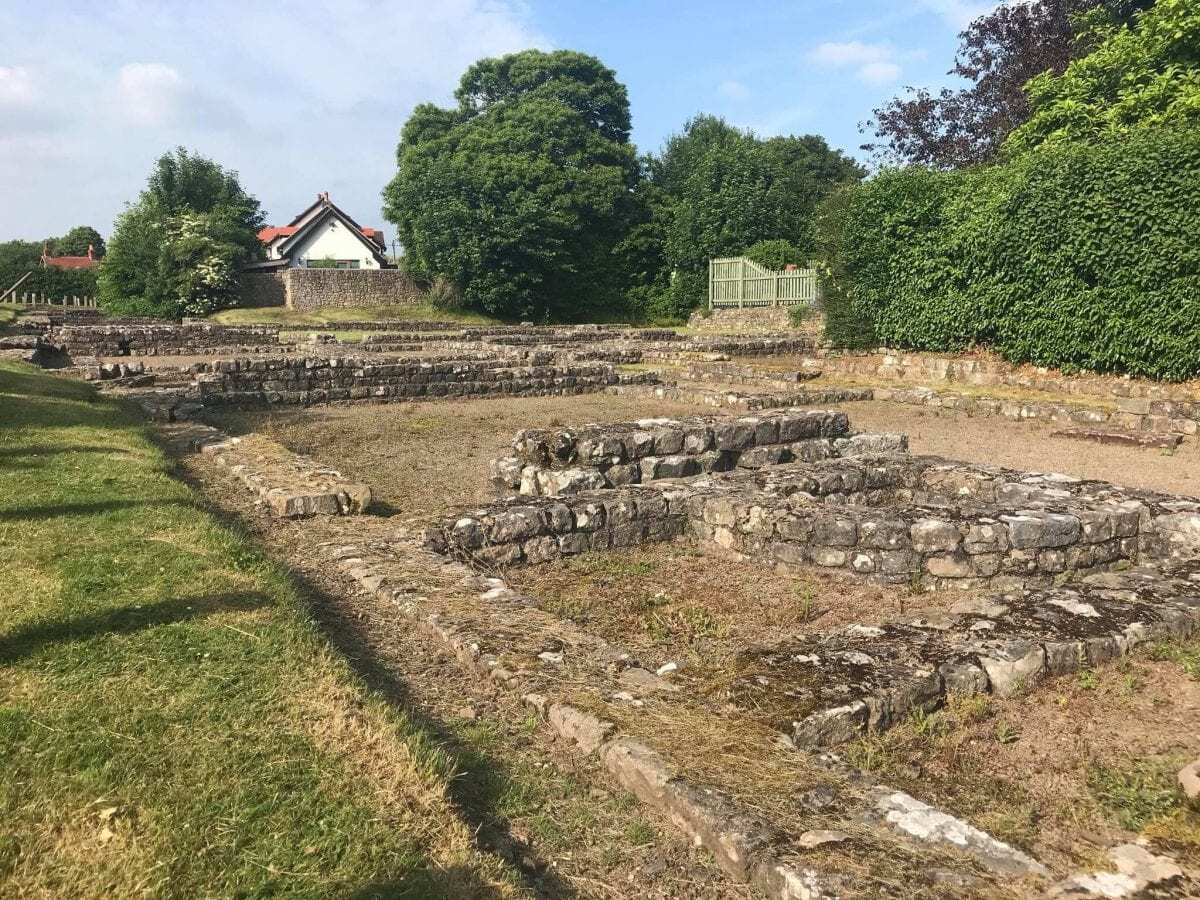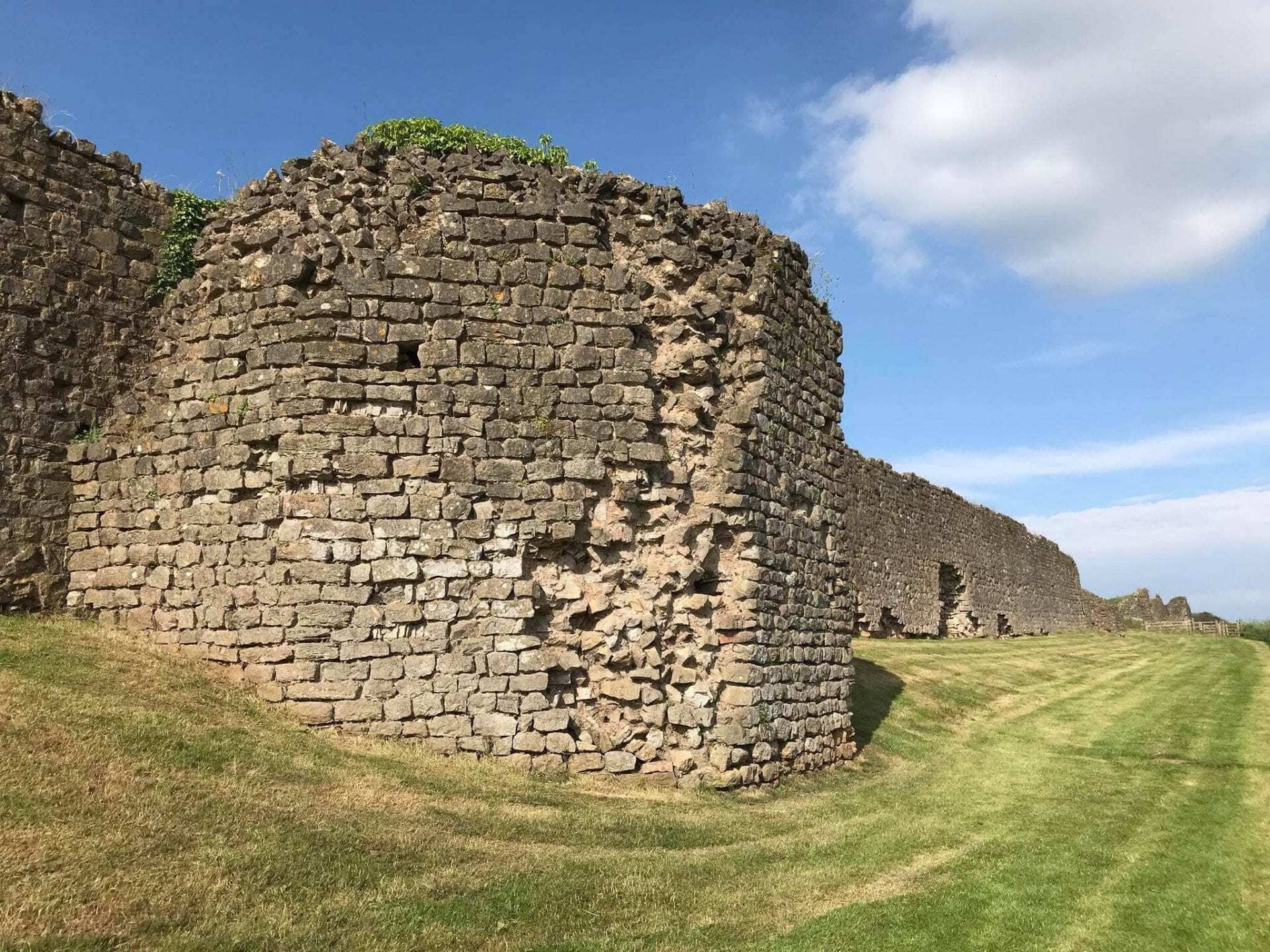Venta Silurum was a Roman town in the province of Britannia, established around AD75 in the modern village of Caerwent in South East Wales.
The town was located on a major Roman highway between Isca Augusta (Caerleon) and Glevum (Gloucester).
Venta Silurum became the Romanised capital of the defeatured Silures (a tribal confederation), whose ordo (local council) provided local government and administration for the district.

The Silures would have been classified as “dediticii”, a class of persons who were neither slaves nor Roman citizens. The Romanisation process enabled the tribe to gain their political standing and Venta Silurum became a self-governing town – a privilege only granted to the Demetae tribe at Carmarthen.
Excavations have suggested that the early town consisted of a few houses spread along the main Roman road. As the town grew, a planned system of streets developed that enabled the town to be divided into rectangular plots called “insulae”. The town plan included a forum and basilica, a marketplace, public baths, shops, temples, and residential properties.

By the late second century, Venta Silurum was thriving with a population of around 2000 inhabitants. This warranted investment into the town’s defensives and a wooden palisade and ditch was constructed to encircle the town.
The later stone walls were built in the 3rd century, possibly in response to the threat of raids by Irish pirates. The walls reached a height of up to 25 feet (described as “the most impressive town defences to survive from Roman Britain”) with gates flanked by square towers built on all four sides of the town.

By the end of the 4th century, the town started to decline with many of the public buildings falling into disrepair. The town survived into the 5th century but mostly in a ruinous state until their eventual abandonment.
During the 6th century, Venta Silurum became the possible centre for the Kingdom of Gwent. The name we call the village of “Caerwent” today translates from Welsh as “fort of Gwent”, and the name Gwent derives from the Roman name Venta (Silurum).

By the 19th century, the only visible remains were the impressive Roman walls. 19th-century tourists, artists and antiquaries began to visit Caerwent with limited investigations being carried out within the town walls.
Between 1899-1913 the ‘Caerwent Exploration Fund’ was established to explore two-thirds of the site which has led to large areas of the town being uncovered into the impressive open-air museum that Caerwent is today.





